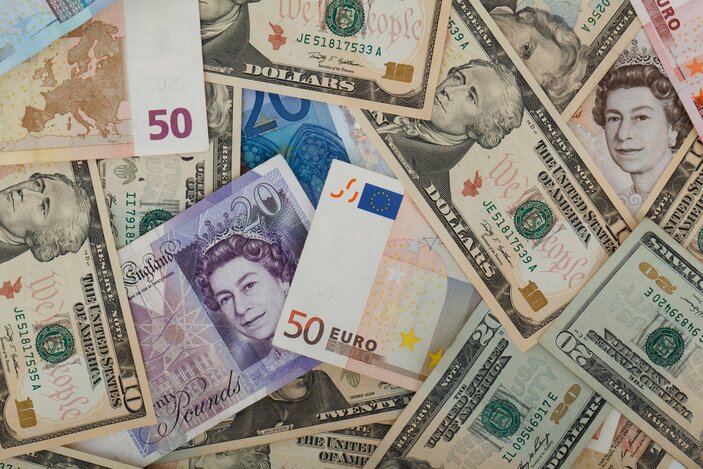On February 5, 2024, significant movements across major currency pairs animated the forex market. They reflected broader economic trends and central bank signals. Key insights from the day’s trading include:
USD/CHF and EUR/CHF Breakouts
The USD/CHF and EUR/CHF pairs have surged out of their descending channels. This showcases the strength of the US dollar and Euro against the Swiss Franc. Consequently, this trend is driven by expectations of a rate cut by the Swiss National Bank in September 2024. Furthermore, stronger-than-anticipated US nonfarm payroll data and cautious comments from Federal Reserve Chair Jerome Powell on early rate cuts in March have spurred this expectation.
EUR/USD Dynamics
The EUR/USD pair has shown weakness, influenced by a strengthening US dollar buoyed by a solid US jobs report. Despite this positive employment data, the Federal Reserve’s careful stance on rate adjustments highlights the balancing act between fostering growth and managing inflation expectations.
JPY Pairs and Market Sentiment
The Japanese Yen’s performance against its counterparts has varied. Geopolitical tensions and the Bank of Japan’s policy direction affect its standing. The JPY’s appeal as a safe haven shifts with global risk sentiment. Geopolitical developments and economic data from the US and China often influence it.
GBP/USD and Central Bank Policies
Movements in the GBP/USD pair reflect market reactions to central bank policies and economic data. The Bank of England’s hesitance to implement near-term rate hikes, despite inflationary pressures, aligns with the broader narrative of central banks striving to balance growth with inflation control.
AUD/USD Trade Balance Impact
Trade balance data and anticipations regarding the Reserve Bank of Australia’s rate decisions have influenced the trajectory of the Australian Dollar. The global economic landscape, including the robust US labour market and economic indicators from China, notably shapes the performance of the AUD/USD pair.















